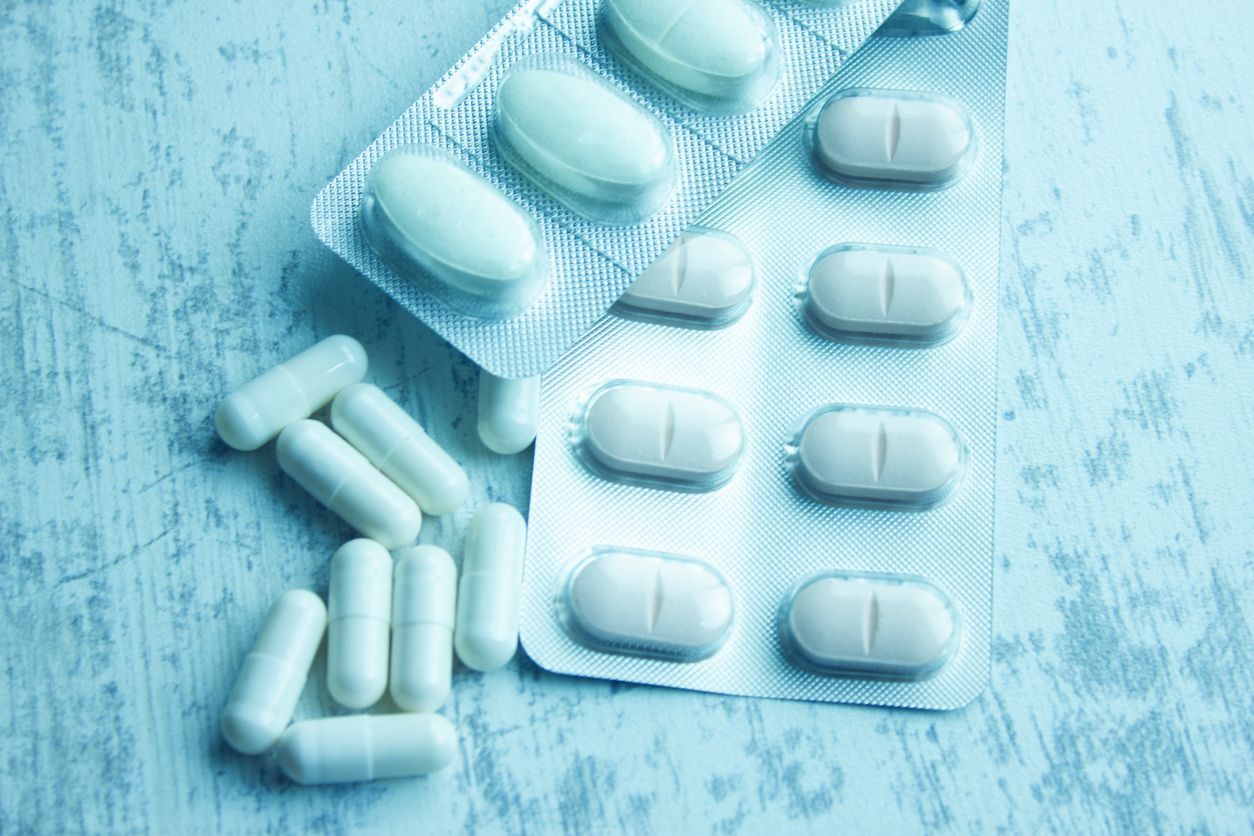Opioid Deaths are Preventable
What is Naloxone?
According to the Centers for Disease Control (CDC), Naloxone is a life-saving medication that can reverse an overdose from opioids—including heroin, fentanyl, and prescription opioid medications—when given in time. Naloxone is easy to use and small to carry. There are two forms of naloxone that anyone can use without medical training or authorization: prefilled nasal spray and injectable.
Why Carry Naloxone?
Naloxone saves lives
Nearly 50,000 people died from an opioid-involved overdose in 2019. One study found that bystanders were present in more than one in three overdoses involving opioids. With the right tools, bystanders can act to prevent overdose deaths. Anyone can carry naloxone, give it to someone experiencing an overdose, and potentially save a life.
Naloxone Use
According to the CDC, Naloxone won’t harm someone if they’re overdosing on drugs other than opioids, so it’s always best to use it if you think someone is overdosing.
If you give someone naloxone, stay with them until emergency help arrives or for at least four hours to make sure their breathing returns to normal.
Do the Right Thing--the Good Samaritan Law and you
Good Samaritan laws are in place in Nebraska to protect those who are overdosing and anyone assisting them in an emergency from arrest, charges, or a combination of these.
In order to be protected under the Good Samaritan Law, a caller needs to meet three criteria:
- Make a good faith request for emergency medical assistance (i.e. call 911)
- Remain on the scene until law enforcement and/or medical personnel arrive
- Cooperate with officials such as police and EMS
You Can Save A Life
Signs of overdose
Recognizing the signs of opioid overdose can save a life. Here are some things to look for:
- Small, constricted “pinpoint pupils”
- Falling asleep or losing consciousness
- Slow, weak, or no breathing
- Choking or gurgling sounds
- Limp body
- Cold and/or clammy skin
- Discolored skin (especially in lips and nails)
If you think someone is overdosing:
- Call 911 immediately.
- Administer naloxone if available.
- Try to keep the person aware and breathing.
- Lay the person on their side to prevent choking.
- Stay with them until emergency personnel arrive.
Naloxone (for overdose reversal) is available at:
- Columbus Community Hospital (free) 4600 38th St., (402) 562-3286
- Walgreens, 2320 23rd St., Columbus, (402) 563-3588
- CVS, 2307 23rd St., Columbus, (402) 564-5105
- Hy-Vee Pharmacy, 3010 23rd St., Columbus, (402) 562-7668
- Walmart Pharmacy, 818 23rd St., Columbus, (402) 563-4571
- Tooley Drug, 2615 13th St., Columbus, (402) 564-7205
- Medicine Man Pharmacy, 122 W. 16th St., Schuyler, (402) 352-3020
- Boone County Health Center, 723 W. Fairview St., Albion, (402) 395-2191

